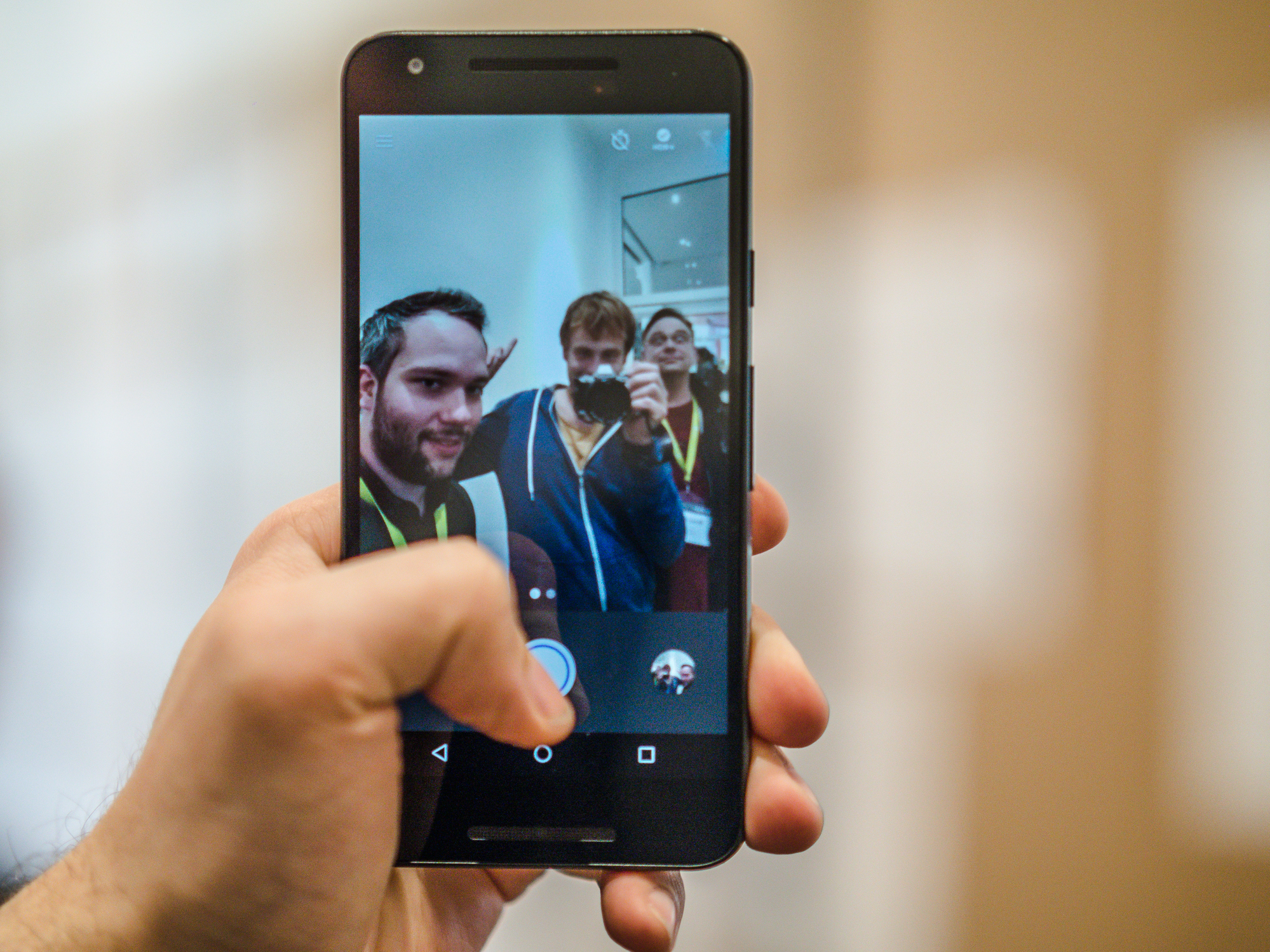When designing an online social network it is important to consider whether this is likely to result in the creation of a ‘new network’, or reflects existing real world contacts.
In the 1990s, Dunbar proposed a neurocognitive limit on the number of people that a person can have in their social network of around 150 stable relationships. Research on undergraduate use of Facebook found that although the median number of contacts in the sample was 300 Facebook friends, the actual number of people participants considered friends was around 75. Recently Dunbar (2015) found that the number of online friends in a Facebook network that are actual friends is similar to that of friendships. (Parsons 2017).
Kwak and Kim (2017) found that ‘the limitations of many previous social network studies is that the formation of social network may be associated with off-grid interactions among individuals apart from interactions revealed strictly in an online social network. In particular, network connections on Facebook are generally known to form among offline acquaintances rather than through online interactions, as the use of SNS to keep in touch with people whom they already knew tended to outweigh the use of SNS to meet new people’’.
A recent study of academic use of SNS ( Jordan and Weller 2018) also suggests that many academics continuing to value the opportunity to making contacts off-line. The second largest negative set of reasons why academics in the study did not percieve SNS’ as useful, included having other preferred professional networks (such as conferences, email lists, homepages, and pre-existing collaborative networks)..

Photograph by Miguelarius – Own work, CC BY-SA 4.0, https://commons.wikimedia.org/w/index.php?curid=42951241
This means that MeetingofMinds needs to ensure that our online social network supports connections that are made in the real world, as well as online socialising. This will increase the usefulness of the app to its users.
There is techology that supports people to exchange information digitally, when they meet physically. One ealier version of this was ‘bump’ which acted like a digital exchange of business cards.

Photography by Jason Krüger for Wikimedia Deutschland e.V. – Jason Krüger, CC BY-SA 4.0, https://commons.wikimedia.org/w/index.php?curid=48317311
Today, there is range of ways in which people can share fiiles between devices, and it is relatively easy for those with mobile devices to add new contacts to their social media accounts..
By Nina Schuller
References
Dunbar, R,I,M., Aranbold, V., Conti, M,. and Passarella, A (2015) The structure of the online social network mirrors those in the offline world. Social Networks. 43. pp 39-47. https://doi.org/10.1016/j.socnet.2015.04.005
Kwak, D., and Kim, W. (2017). ‘Understanding the process of social network evolution: Online-offline integrated analysis of social tie formation’. PLoS ONE, 12(5), http://doi.org/10.1371/journal.pone.0177729
Jordan, K and Weller, M (2018) Academics and Social Networking Sites: Benefits, Problems and Tensions in Professional Engagement with Online Networking. Journal of Interactive Media in Education, 1 (1), pp. 1–9, DOI: https://doi.org/10.5334/jime.448
Parsons, T, D (2017) The Interaction of Neuroscience and Affective Computing. Cambridge University Press. Cambridge.
Schonfield, E (2011) Foregoing The Bump, Hashable Adds NFC Contact Swaps On Android. Techcrunch.com. 9 May. Available on https://techcrunch.com/2011/05/09/hashable-nfc-android/ (Accessed 23 March 2018)
